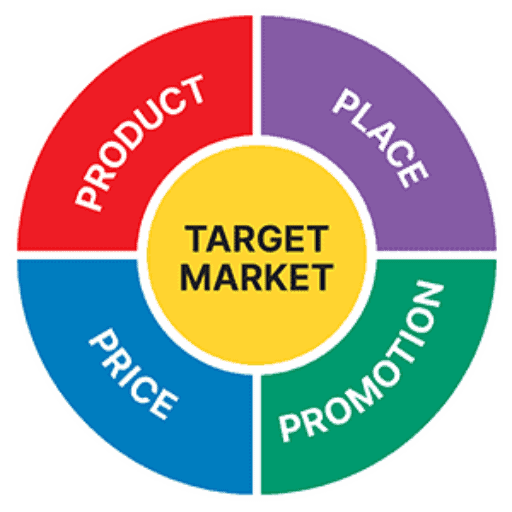Welcoming unwelcome innovation
In my Principles of Marketing class I ask my students a simple True/False question: “Good marketing means giving customers the products and services they ask…

In my Principles of Marketing class I ask my students a simple True/False question: “Good marketing means giving customers the products and services they ask…

Bloomberg’s short article/interview entitled “A Folding Bike Helmet That Looks Good and Still Shields Your Brain” shows inventors can still find room to innovate, even…

Smartphones revolutionized the world and it wasn’t long after the first smartphone was released that everyone wanted one of their own. For years, smartphone manufacturers…

Many of our students love Apple products and the brand in general. It usually ranks in the top 2-3 most frequently mentioned when I survey…

IKEA is one of the most successful and interesting companies of our day. IKEA is a case study we use to open our chapter on cross-functional…

The driverless car is a reality. This video might be fun to drop into a lecture on the external market environment — to stimulate a…

This article, “How Japanese Marketing Secrets Sparked The American Ramen Revolution” (Fast Company, February 23, 2015) describes how ramen has become the latest hot cuisine. And…